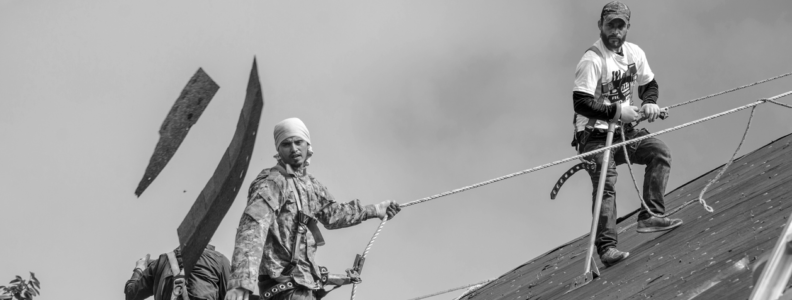Blog
Insuring A Cave
Caves have been a part of human existence ever since the beginning. Our Neanderthal ancestors lived in them and drew pictures in them. Today, bomb shelters aside, we mainly use them for more recreational purposes.
Lately wineries have been incorporating caves into their operations. Since wine requires a cool 55 degrees or for aging, and caves are naturally cooler than their above-ground storage counterparts, caves make a great place to store wine.
As an insurance agent who insures wineries, I have been asked the question, “Will you insure my cave?”
And, as usual, the answer is usually more complex than a simple yes or no.
On the liability side of things, your cave is insured. What this means that if your cave causes bodily injury or property damage to a third party (someone other than you or your employee), you are covered. Neither the Farm Liability or General Liability coverage forms – one of the two most likely policies to insure your property that has a cave on it – has an exclusion for damage that occurs because of a cave, or a collapse of a cave, or a cave-in of a cave. So sit back and relax; you are covered.
On the property side of things, it’s a little different.
Regarding the cave itself: you can’t actually insure a cave. A cave is a hole in the ground, so there is nothing tangible to insure. And just to make sure there’s no coverage, the standard property policy expressly excludes land, underground pipes, flues or drains, as well as the cost of excavation from the definition of “covered property.” Ouch.
What about the wine you’re storing in your cave? With a standard commercial property policy, it’s hard to say. According to the standard commercial property policy, your business personal property is covered when it’s located 1) in or on your building described in the Declarations, or 2) in the open or in a vehicle within 100 feet of your premise. It is difficult to say without a shadow of a doubt that your stuff inside the cave would be covered because technically, being in a cave is neither in or on a building nor in the open or in a vehicle.
So far I haven’t delivered any good news to winery that’s storing a bunch of wine in a cave. Let’s end that. Good news begins now:
With a few endorsement and usage of different policy forms, the parts of the cave that make up the structure of it (the door, interior framework, etc.) as well as the contents inside the cave can be insured.
I won’t bore you with insurance jargon or details of that nature, but I will say that the CP 14 10 Endorsement and Inland Marine can fix the problems above. These two forms fill in the gaps that the standard insurance policies leave you lacking. The rates will be higher than a normal building or business personal property policy, but not cost-prohibitively high.
Yes Virginia, there is a Santa Clause, and yes, winery owner, we can insure your cave… and the stuff inside.
 ELI GILLESPIE
ELI GILLESPIE
I’m the commercial producer and owner at Gillespie Insurance Services.
SCHEDULE A CALL
SEND EMAIL





